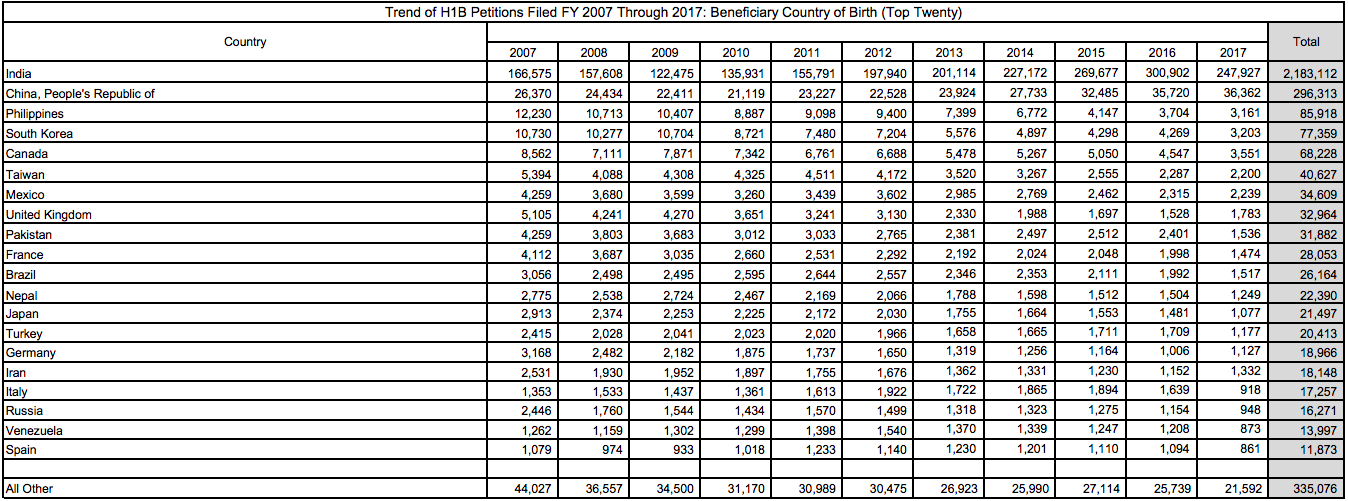Summary
This was a significant revision of existing immigration laws, which greatly increased the number of people who could legally immigrate to the United States, and introduced provisions to facilitate the entry of specific groups for specialized work. The new law raised the ceiling on regular immigration (i.e. excluding refugees) to a flexible cap of 700,000 until 1995 and 675,000 thereafter. It also introduced the Diversity Visa lottery, which was designed for people who had been adversely affected by the preference system introduced through Hart-Celler Act of 1965. This allowed persons from any country that sent fewer than 50,000 immigrants over the past five years to enter a lottery for one of 40,000 diversity visas. Although initially intended to address a backlog of Irish, Italians and other Europeans, the lottery enabled a significant number of non-Europeans to immigrate. Applicants from African nations who lack the family relationships or skilled employment credentials to enter by the preference system have benefited significantly, receiving approximately 40% of diversity visas. The 1990 act also introduced the H-1B skilled worker visa program, allowing employers to apply to hire skilled workers using temporary visas. This increased the number of annual employment visas from 54,000 to 140,000. The Immigration Act of 1990 helped permit the entry of 20 million people over the next two decades, the largest number recorded in any 20 year period since the nation’s founding.
The Act also provided Temporary Protected Status so that asylum seekers could remain in the United States until conditions in their homelands improved.
Presently, most H-1B recipients are Asians whose employment sponsors are in the computer and IT industries.
Source
Conference report filed in House (10/26/1990)
Immigration Act of 1990
Employment Based Immigration: Directs the Secretary of Labor to establish a labor market information pilot program for employment-based immigrants, effective for applications for certifications during FY 1992 through 1994. Requires the Secretary of Labor, under such pilot program, to determine labor shortages or surpluses in up to ten defined occupational classifications. Deems a labor certificate to have been issued if there is a labor shortage in an occupation. Permits such a certification even in an occupation with a labor surplus if the employer submits evidence of shortage for a specific job opportunity, based on extensive recruitment efforts.
Diversity Immigration: Sets forth diversity transition provisions for immigrant visas for certain groups, as follows. Provides specified numbers of immigrant visas, in FY 1992 through 1994, for aliens who: (1) are natives of foreign states that are not contiguous to the United States and that are identified as adversely affected by the 1986 repeal of the national origins quota system
H-1B Visa: Sets forth annual limitations on numbers in the following categories of H nonimmigrants: (1) temporary (redefined as specialty occupation) workers admitted on the basis of professional education, skills, and/or equivalent experience (H-1B category)



